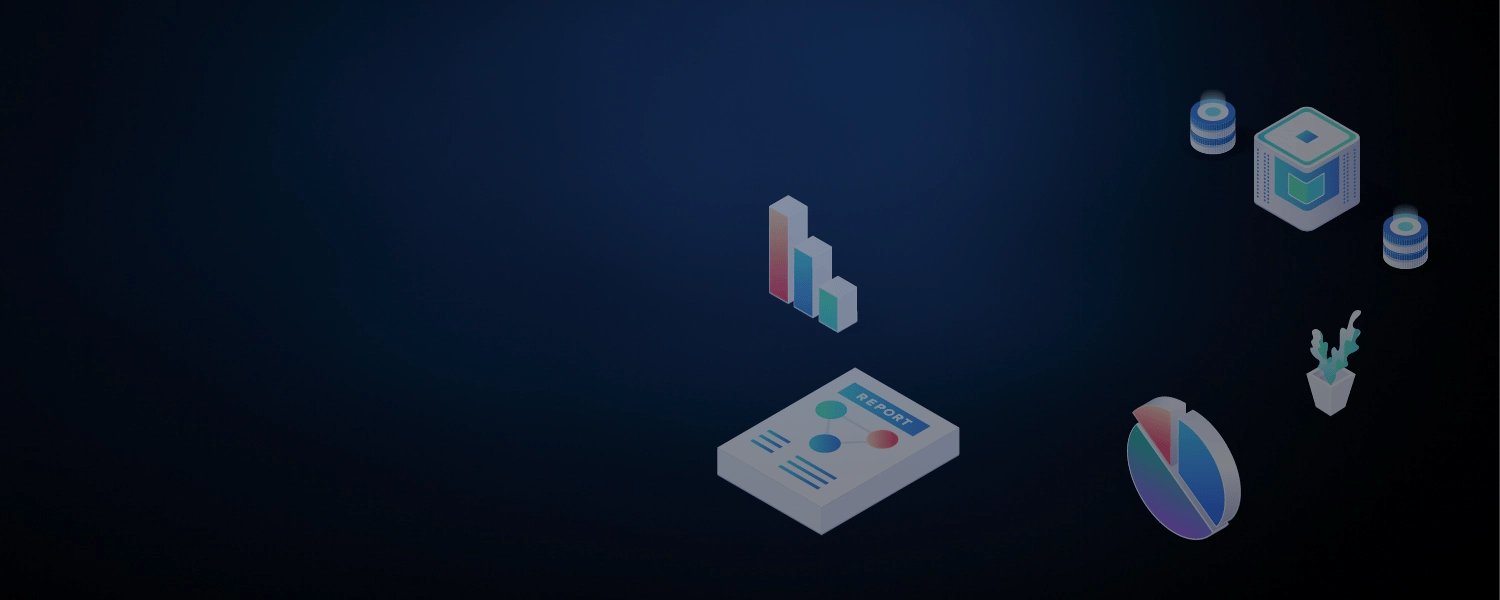Cyber insurance coverage is meant to offset expenses incurred during a data breach or cybersecurity event. These policies should provide coverage for both first and third-party claimants. First-party coverage includes losses to the organization or individual affected, while third-party coverage addresses legal action taken by customers or partners. These policies can vary in terms of coverage and premiums but typically account for organization type, service provided, data risk and exposure, and current security policy. Cyber insurance can help recoup costs associated with:
-
Recovering compromised data
-
Legal settlements and regulatory fines
-
Hiring experts to identify and repair damage
-
Notifying customers, and providing identity and credit monitoring
-
Business interruption, network downtime, and lost employee productivity



